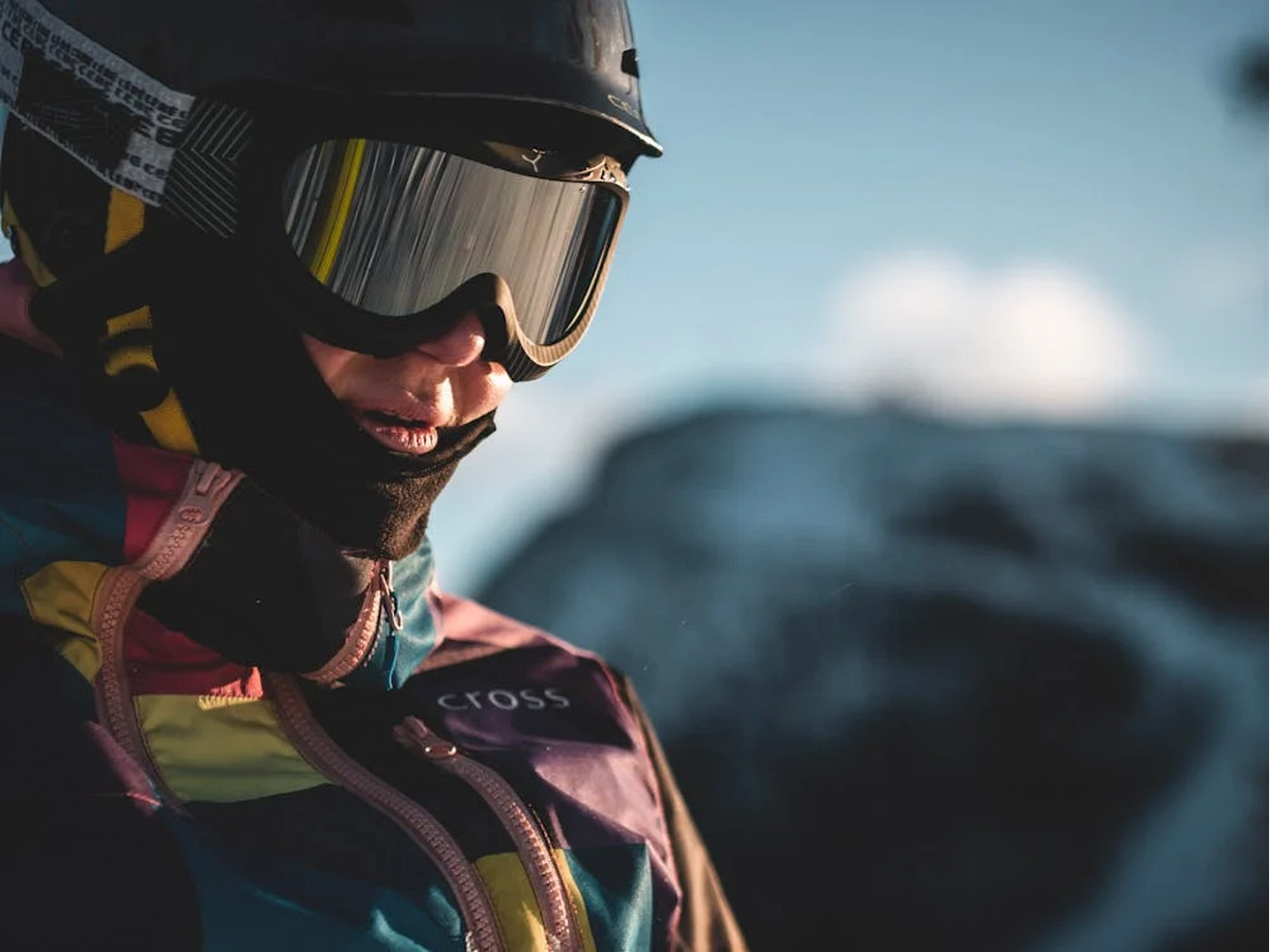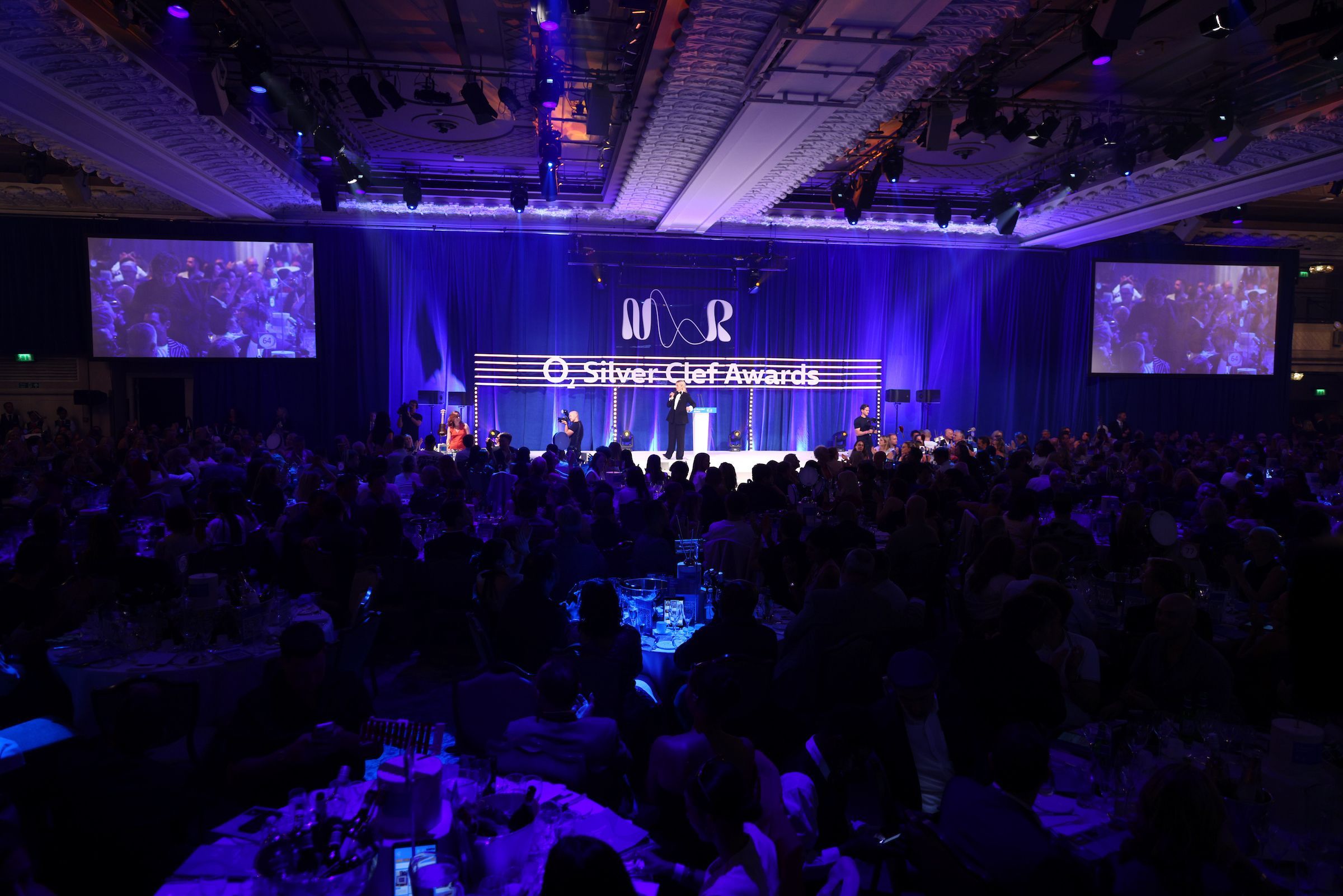
When hitting the slopes, you face a choice: ski goggles or sunglasses? Both offer unique advantages, but which aligns better with your needs?
Ski goggles offer protection and superior visibility in harsh conditions, while sunglasses are lighter and more portable for sunny days.
Ultimately, your decision should hinge on factors like weather, comfort, and style. So, how do you guarantee you make the best choice for your next adventure?
1. Visibility and Lens Technology
Ski goggles provide a larger field of vision, essential for spotting obstacles and changes in terrain quickly. Their wraparound design minimizes gaps, keeping out snow and wind.
Also, they often include anti-fog coatings and double lenses to prevent fogging, helping maintain clear vision in varying conditions.
In contrast, sunglasses are lighter and more portable but may not seal out elements effectively. They typically have single lenses, which can fog up more easily, impacting visibility.
Still, sunglasses with polarized lenses reduce glare, which can be helpful on sunny days.
2. Comfort and Fit
When you’re on the slopes, you want gear that feels good and stays secure.
Goggles usually provide a snug fit around your eyes with foam padding and adjustable straps.
On the other hand, sunglasses are lighter and often less cumbersome. However, they might not offer the same stability during intense activity.
Choosing the right fit guarantees you enjoy your time skiing without discomfort or constant readjustments.
3. Weather and Environmental Considerations
Whether you’re skiing in bright sunshine or braving a snowstorm, choosing the right eyewear for the weather is essential.
On sunny days, sunglasses with polarized lenses can reduce glare from the snow, making it easier to see.
However, if the forecast predicts heavy snow, wind, or fog, ski goggles are your best bet. They provide a snug fit, preventing snow and wind from reaching your eyes.
Consider the altitude and UV exposure as well. Higher altitudes mean stronger UV rays, so you’ll need eyewear with strong UV protection.
The surrounding environment, like tree-lined runs or open slopes, can affect visibility, requiring different lens tints for ideal clarity. Choose wisely for a comfortable ride.
4. Protection and Safety Features
Selecting the right eyewear goes beyond weather conditions; it’s also about guaranteeing your safety on the slopes. You need to take into account protection against harmful UV rays, glare, and potential debris.
Ski goggles and sunglasses each offer distinct safety features.
When choosing, look for:
- UV Protection: Shields your eyes from harmful rays, vital at high altitudes.
- Anti-Fog Coating: Keeps your vision clear, preventing dangerous blind spots.
- Impact Resistance: Protects against branches and falls.
- Adjustable Straps or Fit: Offers a secure, comfortable hold.
Ski goggles generally provide better overall protection, especially in harsh conditions. However, sunglasses can be a lighter, more convenient option on clear, sunny days.
Prioritize your safety and make an informed choice.
5. Style and Personal Preference
Let’s be honest — style and personal preference also play a significant role in choosing eyewear for the slopes. You want to feel good about your look while enjoying the thrill of skiing.
Some prefer the sleek design of sunglasses, offering a minimalist and modern vibe. Others might lean towards the bold, adventurous appearance of ski goggles.
Your choice reflects your personality and how you want to express yourself on the mountains. Here’s a quick comparison to help you decide:
| Sunglasses | Ski Goggles |
| Sleek and minimalist | Bold and adventurous |
| Easy to pack and carry | Full face protection |
| Stylish off and on slopes | Perfect for harsh weather |
| Less coverage | Better peripheral vision |
| Versatile for après-ski wear | Snug and secure fit |
Conclusion
When you’re deciding between ski goggles and sunglasses for your time on the slopes, think about the conditions and your personal style.
Goggles excel in harsh weather, offering superior protection and visibility with their snug fit and advanced lens technology. On sunny days, lightweight polarized sunglasses might be your go-to for reducing glare.
Ultimately, your choice hinges on comfort, fit, and whether you prioritize safety features or a more casual look. Choose what feels right for you!
Frequently Asked Questions
Can I Wear Prescription Glasses Under Ski Goggles?
Yes, you can wear prescription glasses under ski goggles. Look for goggles labeled “OTG” (Over The Glasses) designed to fit over your glasses comfortably. They guarantee you see clearly and stay protected while skiing.
How Do I Properly Clean Ski Goggles or Sunglasses?
To properly clean ski goggles or sunglasses, gently wipe lenses with a microfiber cloth. Avoid using paper towels or harsh cleaners. For stubborn spots, use mild soap and water, then air dry. Always handle them with care.
Can Ski Goggles Be Used for Other Sports or Activities?
You can definitely use ski goggles for other sports or activities. They’re great for snowboarding, snowmobiling, and even some water sports. Just make sure they provide appropriate protection and visibility for the specific environment you’re in.





